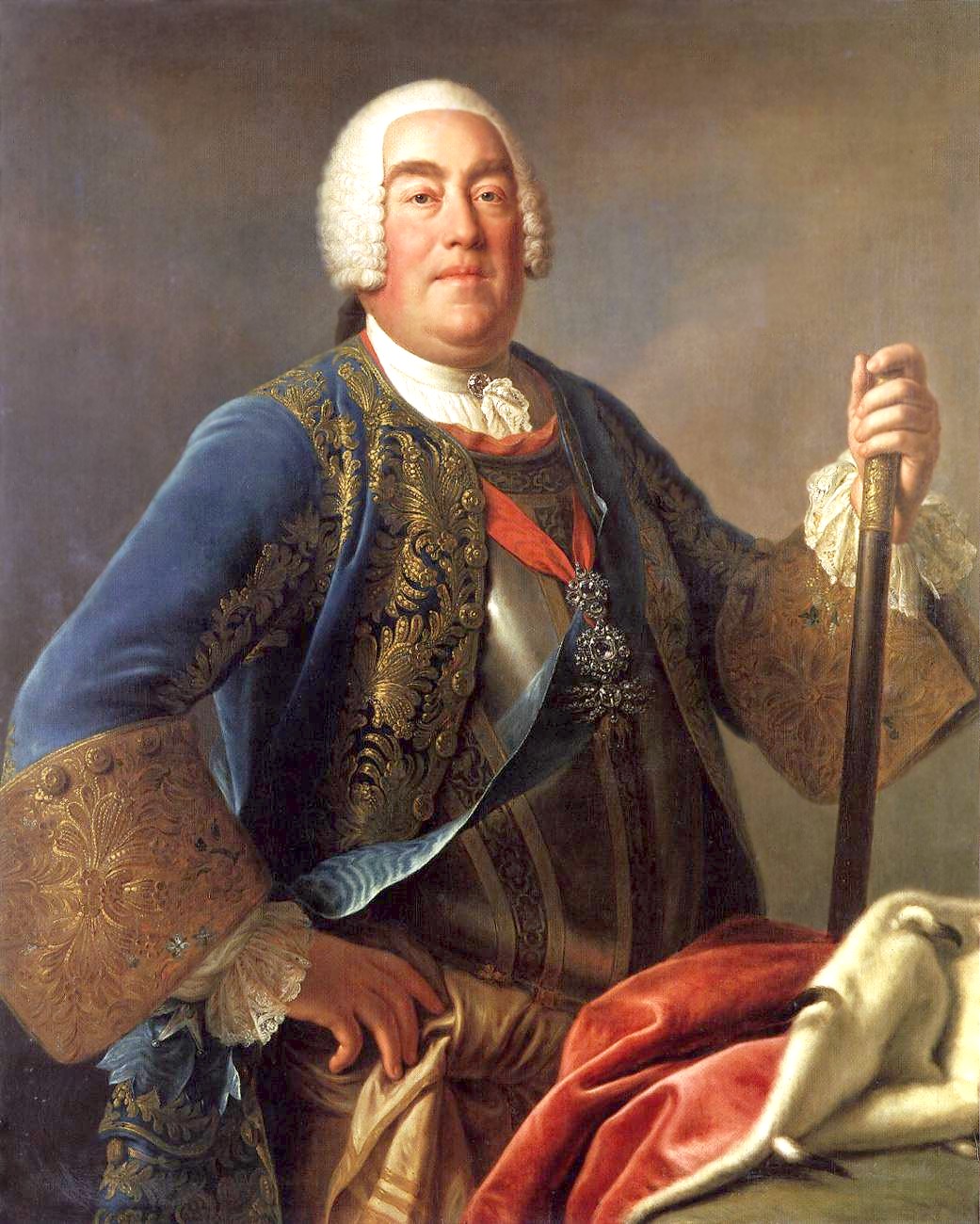Pietro Rotari on:
[Wikipedia]
[Google]
[Amazon]
Pietro Antonio Rotari (30 September 1707 – 31 August 1762) was an Italian painter of the
 He was much in demand as a portraitist, and painted royal families in Dresden and Saint Petersburg. He also painted the multi-figured altarpieces of the ''Four Martyrs'' (1745) for the church of the ''Ospedale di San Giacomo'' in Verona. He also painted an altarpiece of ''San Giorgio tempted to sacricifice to the Idols'' (1743) for the church of the same name in
He was much in demand as a portraitist, and painted royal families in Dresden and Saint Petersburg. He also painted the multi-figured altarpieces of the ''Four Martyrs'' (1745) for the church of the ''Ospedale di San Giacomo'' in Verona. He also painted an altarpiece of ''San Giorgio tempted to sacricifice to the Idols'' (1743) for the church of the same name in
Artcyclopedia:Pietro Rotari
1707 births 1762 deaths Painters from Verona 18th-century Italian painters Italian male painters Italian Baroque painters 18th-century Italian male artists {{Italy-painter-18thC-stub
Baroque
The Baroque (, ; ) is a style of architecture, music, dance, painting, sculpture, poetry, and other arts that flourished in Europe from the early 17th century until the 1750s. In the territories of the Spanish and Portuguese empires including t ...
period. Born in Verona
Verona ( , ; vec, Verona or ) is a city on the Adige River in Veneto, Northern Italy, Italy, with 258,031 inhabitants. It is one of the seven provincial capitals of the region. It is the largest city Comune, municipality in the region and the ...
, he led a peripatetic career, and died in Saint Petersburg
Saint Petersburg ( rus, links=no, Санкт-Петербург, a=Ru-Sankt Peterburg Leningrad Petrograd Piter.ogg, r=Sankt-Peterburg, p=ˈsankt pʲɪtʲɪrˈburk), formerly known as Petrograd (1914–1924) and later Leningrad (1924–1991), i ...
, where he had traveled to paint for the Russian court. His portraits, mostly of women, are renowned for being beautiful and realistic. Rotari's works were generally limited to royal portraits held by notables such as emperors and court ladies.
Biography
He was initially a pupil of Antonio Balestra, but moved and lived inVenice
Venice ( ; it, Venezia ; vec, Venesia or ) is a city in northeastern Italy and the capital of the Veneto Regions of Italy, region. It is built on a group of 118 small islands that are separated by canals and linked by over 400 ...
from 1725 to 1727. He then joined the studio of Francesco Trevisani
200px, ''Portrait of Cardinal Pietro Ottoboni ''by Francesco Trevisani. The Bowes Museum, Barnard Castle, County Durham">Barnard_Castle.html" ;"title="Bowes Museum, Barnard Castle">Bowes Museum, Barnard Castle, County Durham, England.
Frances ...
in Rome (1728–1732). Between 1731 and 1734, he worked with Francesco Solimena
Francesco Solimena (4 October 1657 – 3 April 1747) was a prolific Italian painter of the Baroque era, one of an established family of painters and draughtsmen.
Biography
Francesco Solimena was born in Canale di Serino in the province of ...
in Naples
Naples (; it, Napoli ; nap, Napule ), from grc, Νεάπολις, Neápolis, lit=new city. is the regional capital of Campania and the third-largest city of Italy, after Rome and Milan, with a population of 909,048 within the city's adminis ...
. He then returned then to Verona, where he started a studio. In 1750, he had moved to Vienna. In 1756, he was invited to Russia by the court of the Tsarina Elizabetta Petrovna. From there he moved to Dresden
Dresden (, ; Upper Saxon: ''Dräsdn''; wen, label=Upper Sorbian, Drježdźany) is the capital city of the German state of Saxony and its second most populous city, after Leipzig. It is the 12th most populous city of Germany, the fourth larg ...
and to work with the court of Augustus III of Poland. He returned to St Petersburg to work with the court of Catherine II.
 He was much in demand as a portraitist, and painted royal families in Dresden and Saint Petersburg. He also painted the multi-figured altarpieces of the ''Four Martyrs'' (1745) for the church of the ''Ospedale di San Giacomo'' in Verona. He also painted an altarpiece of ''San Giorgio tempted to sacricifice to the Idols'' (1743) for the church of the same name in
He was much in demand as a portraitist, and painted royal families in Dresden and Saint Petersburg. He also painted the multi-figured altarpieces of the ''Four Martyrs'' (1745) for the church of the ''Ospedale di San Giacomo'' in Verona. He also painted an altarpiece of ''San Giorgio tempted to sacricifice to the Idols'' (1743) for the church of the same name in Reggio-Emilia
Reggio nell'Emilia ( egl, Rèz; la, Regium Lepidi), usually referred to as Reggio Emilia, or simply Reggio by its inhabitants, and known until 1861 as Reggio di Lombardia, is a city in northern Italy, in the Emilia-Romagna region. It has abou ...
, and an ''Annunciation'' (1738) for the main altar for the church of the Annunziata in Guastalla.Lucia Ievolella monograph.
References
;Notes ;Sources *External links
Artcyclopedia:Pietro Rotari
1707 births 1762 deaths Painters from Verona 18th-century Italian painters Italian male painters Italian Baroque painters 18th-century Italian male artists {{Italy-painter-18thC-stub